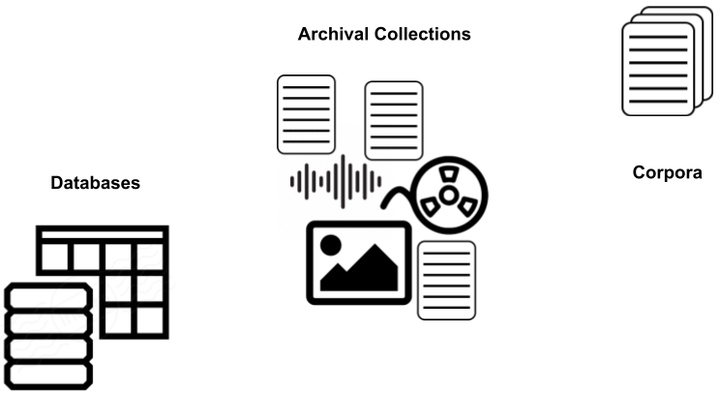Peer-Review and Complex Language Resources

Abstract
Thieberger et al. (2016) argue in the Australian academic context that language documentation outputs should count as scholarly outputs for the purposes of tenure and promotion. We wholeheartedly agree that creating complex language resources should be given appropriate weight in hiring, tenure, and promotion discussions, and we outline three areas in which the assessment of archival language collections for these purposes can be further clarified and streamlined. First, we argue that there is an important difference between an archive and a repository. Namely, repositories have commitments to provide faithful copies of deposits. In contrast archives, grow, wean, and curate collections. These differences are significant for the assessment of collections and should serve to set expectations for depositors, re-users, and reviewers. We think that a clear delineation of services at preservation institutions can make the distinction between an archive and a repository clearer — mitigating expectations about engagement possibilities with the resource. Second, we agree with Sullivant (2020) that there is a distinction between a corpus (annotated or otherwise) and a collection, with the latter corresponding to the typical output of the language documentation process. Conflating the concepts of a collection and a corpus is unhelpful because they are different kinds of aggregates (Tillet 2009; O’Neill et al. 2015). The differences correspond to how the evolution and review processes of resources can be managed. Finally, comparing a complex language resource with a monograph or scholarly article can in fact devalue archival language collections by implying equivalences between the amount of time and effort required to produce drastically different outputs. Our methods of classifying complex resources further assist in finding appropriate peer-reviewers and help them objectively consider the resources in their reviews. Clarity around these three issues will make it easier for organizations and individuals to develop and adopt assessment procedures/criteria.
Bibliography
- Thieberger, Margetts, Morey & Musgrave (2016)
- Thieberger, N., Margetts, A., Morey, S. & Musgrave, S. (2016). Assessing Annotated Corpora as Research Output. Australian Journal of Linguistics, 36(1). 1–21. https://doi.org/10.1080/07268602.2016.1109428
- O’Neill, Žumer & Mixter (2015)
- O’Neill, E., Žumer, M. & Mixter, J. (2015). FRBR Aggregates: Their Types and Frequency in Library Collections. Library Resources & Technical Services, 59(3). 120–129. https://doi.org/10.5860/lrts.59n3.120
- Tillett (2009)
- Tillett, B. (2009). Definition of Aggregates as Works: Tillett Proposal. Retrieved from https://www.ifla.org/files/assets/cataloguing/frbrrg/aggregates-as-works.pdf
- Sullivant (2020)
- Sullivant, R. (2020). Archival description for language documentation collections. Language Documentation & Conservation, 14. 520–578. Retrieved from http://hdl.handle.net/10125/24949
Categories:
Content Mediums: